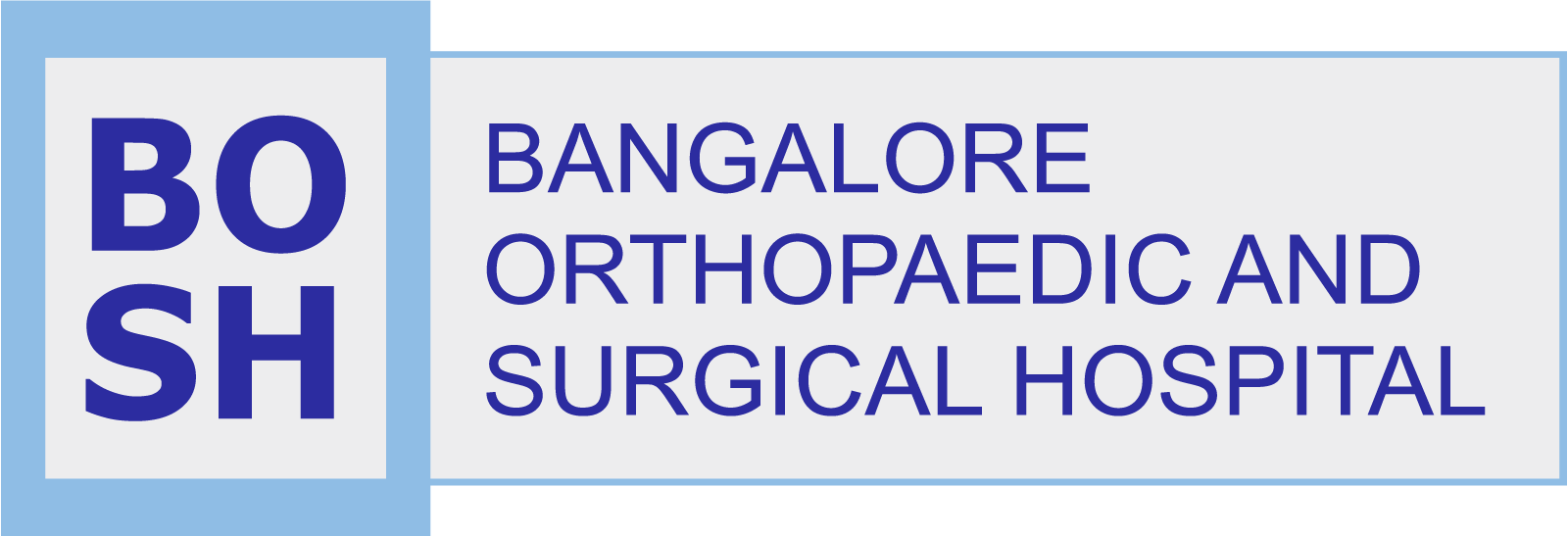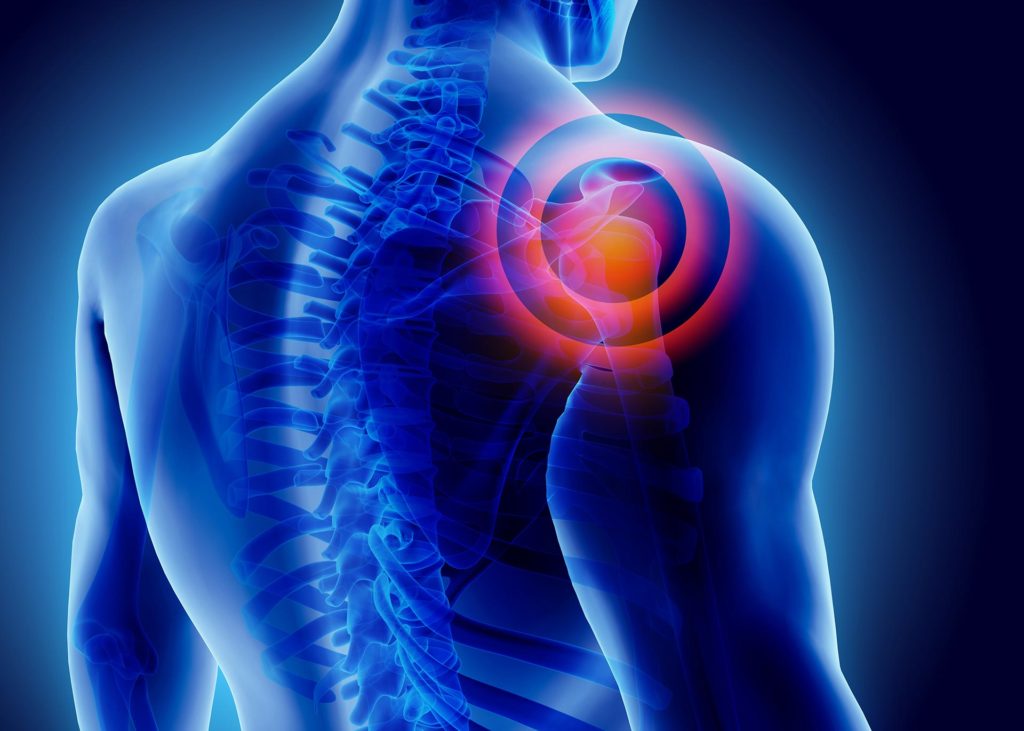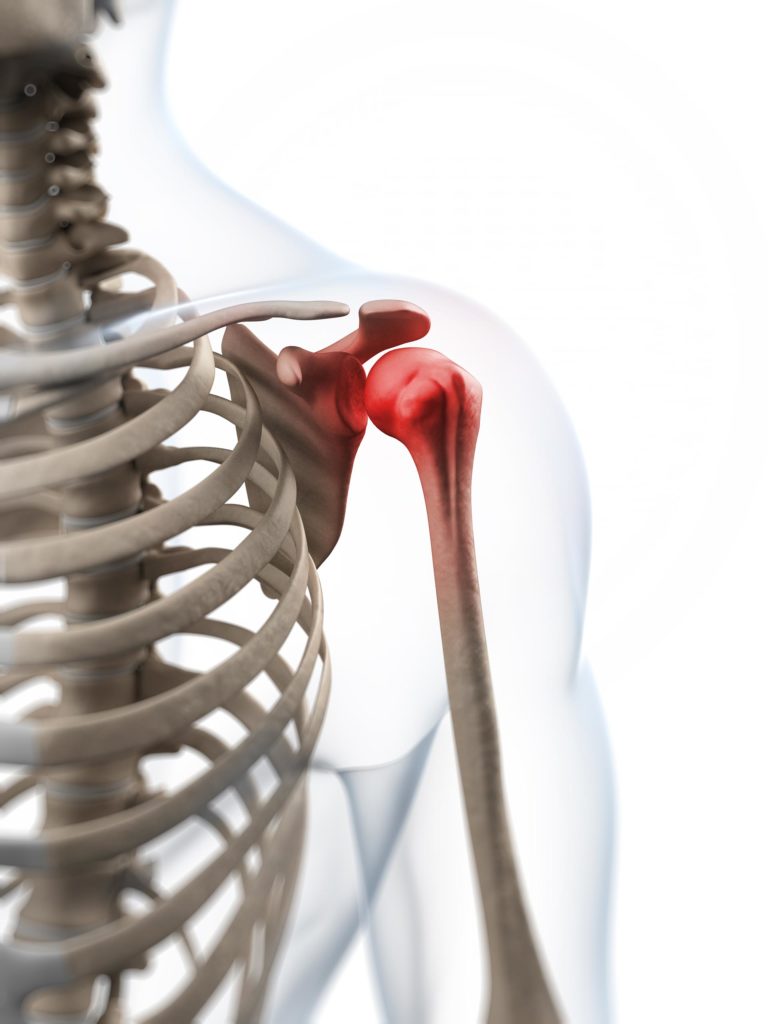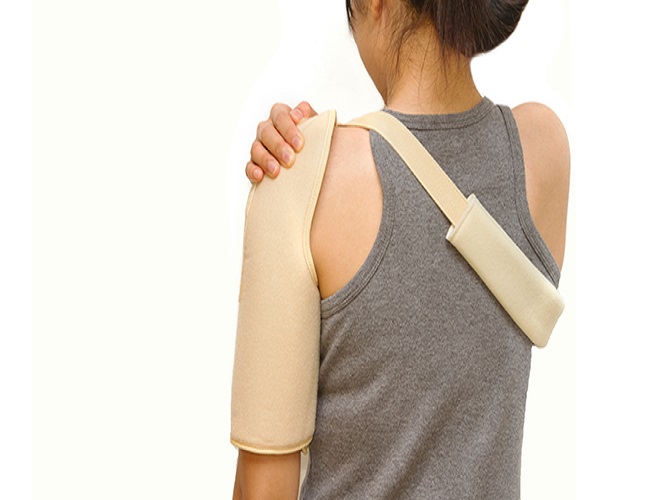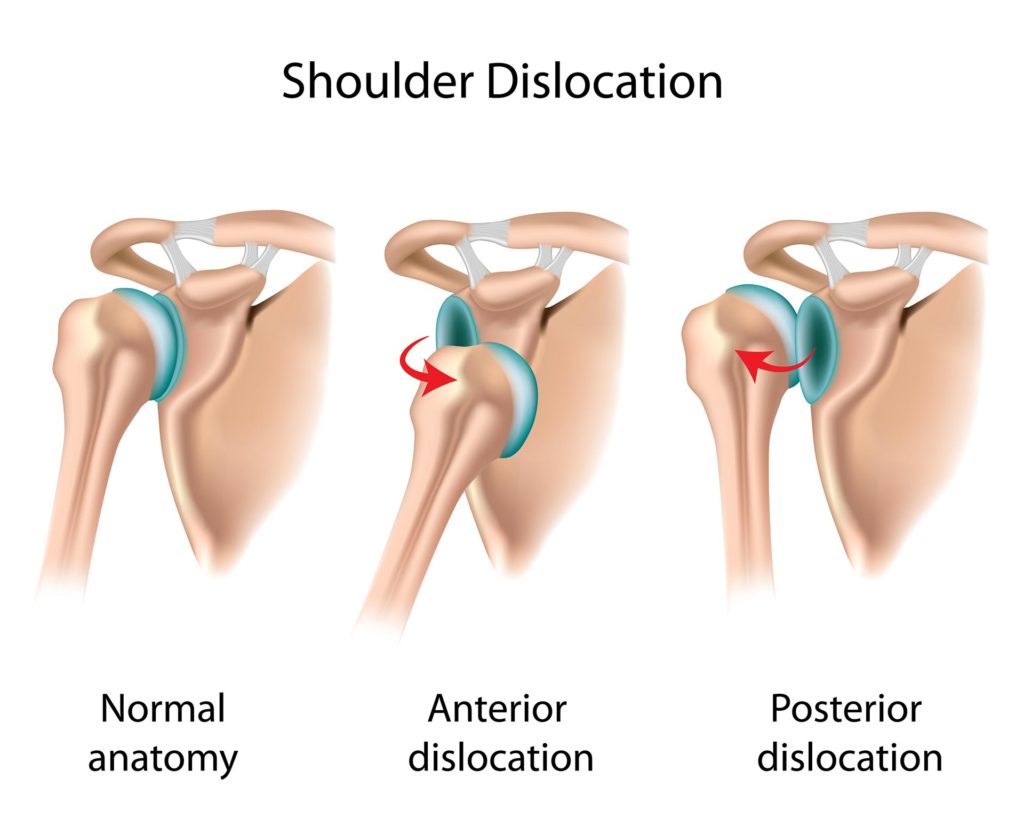Causes of injury
• Repetitive motion
• Athletic activities
• Overuse
• Poor posture
Injury types
• Frozen Shoulder
• Rotator Cuff Disorders
• SLAP (Superior Labrum, Anterior to Posterior) Tear
• Shoulder Dislocation
Diseases
• Ostearthritis
Treatments at BOSH
Arthroscopic Shoulder Surgery
Arthroscopic Bankart Repair is done for a Bankart’s tear which is a tear of the shoulder capsule and labrum sustained in episodic shoulder dislocations. Arthroscopic Rotator cuff tear repair is done for the tear of the shoulder cuff muscles while shoulder impingement refractive to medications can be treated with arthroscopic decompression where the cavity is widened allowing the muscles to move freely.
Shoulder Replacement
In advanced shoulder joint arthritis, a total shoulder replacement is advised which is similar to the knee and hip replacement only with a difference that not every institute has the expertise in getting done. At BOSH we provide the facility for conventional and reverse shoulder arthroplasty based on a thorough diagnosis and the need of the patient.
Frozen Shoulder
The limited range of motion caused by a frozen shoulder is majorly treated non-surgically, i.e., through exercise and stretching of the shoulder with the additional recommendation of physical treatment, anti-inflammatory drugs, and cortisone injections as required. However, if the condition persists, an outpatient procedure of arthroscopic capsular release to break up the adhesions may be advised which will be followed by a carefully curated post-surgery physical therapy for enhanced mobility of the shoulder.
Rotator Cuff Tear
In most cases a non-surgical approach is used to treat the condition of rotator cuff tear which includes rest, activity modification, NSAIDs, physical therapy, or use of steroid injections. In cases where there is a need to remove debris, shave bone spurs and repair the torn tendon where the rotate cuff moves, only then a surgery is recommended. Our specialists at BOSH recommend surgery soon after diagnosis or injury for best results when being treated for the rotator cuff tear.
SLAP Tear
Conservative management is the first course of treatment for a SLAP tear – an injury where the ring of tissue around the shoulder socket is torn. Symptoms like popping of the shoulder, pain when moving your arm overhead, a feeling of weakness, or an aching pain that accompany this injury which are treated with anti-inflammatory medication, periodic icing, and/or appropriate rehabilitation exercises.
In cases where symptoms continue to persist despite conservative management, post thorough examination, surgical treatment of labrum tears through arthroscopy may be recommended. Arthroscopy is the latest advancement in medical treatments which are minimally invasive than traditional surgery, resulting in less pain and swelling as well as speedy recovery. The treatment may include debridement, repair, with or without biceps tenodesis while adopting an individualized approach for best results.
Shoulder Dislocation
Shoulders are most susceptible to dislocation as they are the most mobile joints in the body. Shoulder dislocation requires a thorough examination to determine if it is partial or complete to decide the course of treatment to avoid injury to surrounding ligaments and tendons.
A “closed reduction” process that involves placing the humerus back to the joint socket will immediately stop the pain caused by the dislocation. Using a sling and icing the joint for several weeks is advised before commencing rehabilitation exercises to regain motion and muscle strength. For chronic conditions, depending on the severity, a surgery may be advised to repair and tighten the torn or stretched ligaments that help hold the joint in its place.
From diagnosis, treatment, rehabilitation to therapy,
BOSH specialists are with you each step of the way
to provide professional and personalised care you deserve.
Our Orthopaedic Experts
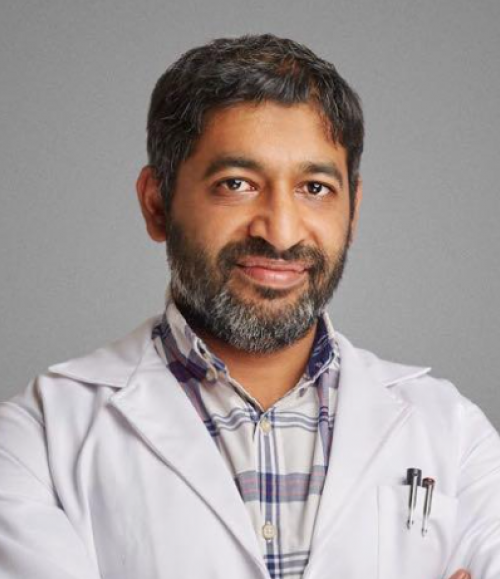
Dr. K K Subbaiah

Dr. Vamsi Krishna
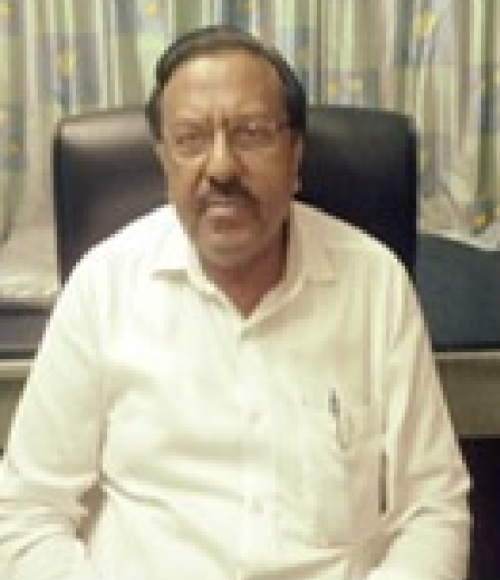
Dr R N Jain

